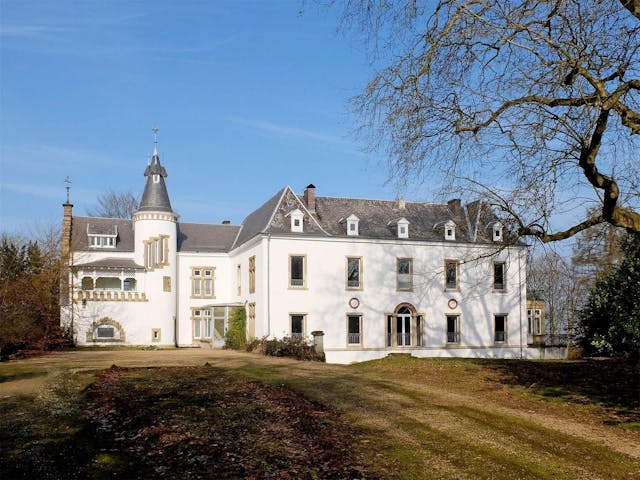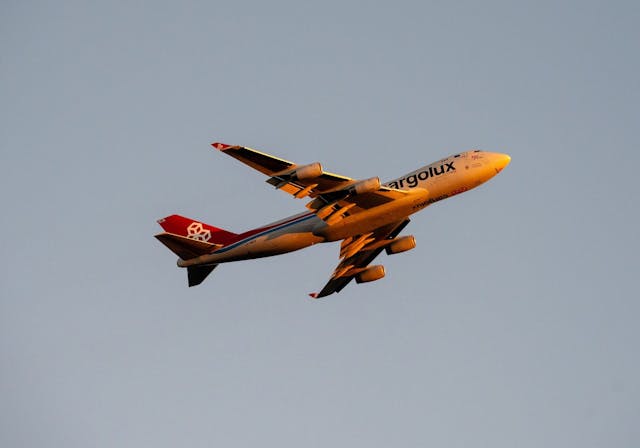How drones and 3D models are changing forest management

Ales Krivec, Unsplash
Modern forests are both irreplaceable and vulnerable: they are under pressure from climate change, biodiversity loss, economic challenges and increasing demand for localised timber. All this calls for a rethinking of traditional forest management in favour of a more precise, predictive and technological approach.
This is the subject of the Smart Forest project organised within the framework of the European W.A.V.E. (Wood Added Value Enhancement) initiative. (Wood Added Value Enhancement). In the Ellergronn forest near Esch-sur-Alzette, forestry experts, engineers and representatives of technology companies will show how digital tools are changing everyday forest management.
According to Caroline Holz, project engineer at Luxinnovation, the event aims to demonstrate how new technologies can help monitor forest health in real time, predict risks (fires, droughts, diseases), optimise resources and ensure a transparent timber supply chain.
The programme includes drone flights, collection and visualisation of forest plantation data, demonstrations of working with geospatial information and 3D models. Participants will learn about carbon stock estimation methods and discuss educational applications of the data.
The event brings together representatives of the Administration for Nature and Forests (ANF), Luxinnovation, SpaceTime and other partners of the W.A.V.E. project, which brings together cross-border co-operation efforts of the countries of the Greater Region.
New digital tools, such as digital twins of the forest, make it possible to "see" individual trees and monitor their condition and dynamics. This not only helps prevent disasters, but also strengthens trust in local wood as a sustainable resource. Increased transparency of the entire chain - from forest to finished product - is becoming a key argument in the context of climate responsibility.





